This proposal needs to be evaluated comprehensively, not only based on financial efficiency but also carefully considering social impact, national security and defense, constitutionality as well as long-term national infrastructure development orientation.
The State's lending of 80% of investment capital without interest for 35 years is essentially using public financial resources to support the private sector. This is capital from the state budget, mobilized from people's taxes, so its use must strictly comply with the Budget Law and related regulations to ensure transparency and efficiency. Therefore, this mechanism needs to be carefully evaluated for its legality and feasibility, and at the same time, a monitoring mechanism needs to be established, clearly binding the responsibilities of enterprises to protect public capital and social interests.
Regarding the right to exploit land around stations for urban development with an especially large area from the highway passing through most of the country's major cities, there is a risk of private land monopoly. This increases the risk of land resource management, even causing transparency issues and the risk of turning public transport projects into private profit opportunities.
Furthermore, the issue of national security for the North-South high-speed railway project is extremely important and must be given top priority. Many routes and strategic sections must be designed and built with secret and highly secure defense systems to ensure absolute safety for the country. These systems must operate under a special mechanism, under the control of only competent State agencies, so private investors are not allowed to access or intervene to protect national security.
It is necessary to consistently choose the public-private partnership (PPP) model in high-speed railway development in the direction that the State plays a leading role in strategic planning, operational control and risk management, especially in emergency situations related to national security and defense. Private enterprises only participate in public bidding for construction packages of technical infrastructure, signal systems and trains to take advantage of socialized resources and modern technology. At the same time, they are allowed to commercially exploit the station area through real estate projects, service complexes or satellite urban areas to create additional revenue to support the project and increase the ability to recover capital.
In the public-private partnership model for high-speed rail, pricing and fee policies need to balance the ability to recover capital for investors and the goal of serving the public interest. Passenger transport fares should be controlled by the state to ensure accessibility for people, while commercial services such as logistics, retail in stations, and real estate exploitation can apply market prices. Due to the high investment and operating costs, if the private sector calculates the full cost of fares, it will be very high, limiting usage and reducing economic spillover effects.
Therefore, a subsidy mechanism from the state (through ordering public services or revenue from urban development around the station) is needed to keep prices reasonable. In addition, the sharing of profits from commercial activities to repay the budget support needs to be clearly and transparently regulated. An infrastructure fee framework and an independent monitoring and auditing mechanism must be established to ensure fairness, efficiency and serve the long-term interests of the country.
Vietnam encourages the development of the private economy, identifying it as an important driving force for economic development but needs to resonate with the state economy. The state plays an investment role in key areas, regulating and creating conditions for the private sector to develop together. The PPP model in investing in the North-South high-speed railway is consistent with international practice and ensures harmony between economic efficiency, social equity and long-term strategic interests of the country.
Source: https://www.sggp.org.vn/nha-nuoc-can-giu-quyen-kiem-soat-trong-dau-tu-duong-sat-cao-toc-post796277.html


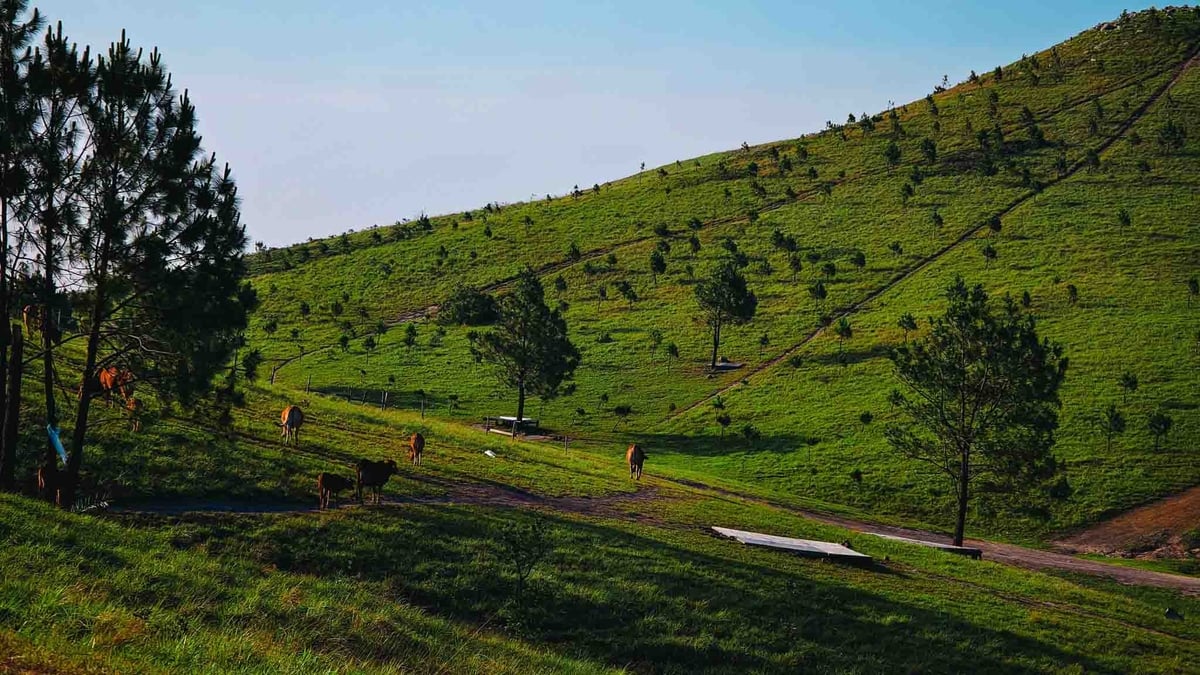
![[Photo] General Secretary To Lam works with the Central Inspection Commission](https://vphoto.vietnam.vn/thumb/1200x675/vietnam/resource/IMAGE/2025/5/22/54820e91fd124c4cb691961718c4ee5d)

![[Photo] Prime Minister Pham Minh Chinh attends the groundbreaking ceremony of Trump International Hung Yen Project](https://vphoto.vietnam.vn/thumb/1200x675/vietnam/resource/IMAGE/2025/5/21/ca84b87a74da4cddb2992a86966284cf)

![[Photo] Determining the pairs in the team semi-finals of the National Table Tennis Championship of Nhan Dan Newspaper](https://vphoto.vietnam.vn/thumb/1200x675/vietnam/resource/IMAGE/2025/5/21/eacbf7ae6a59497e9ae5da8e63d227bf)
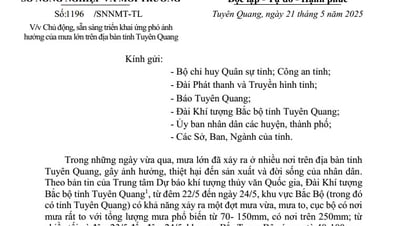







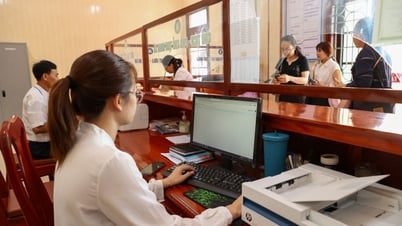







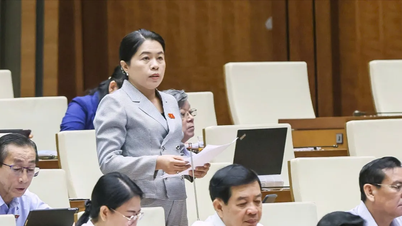


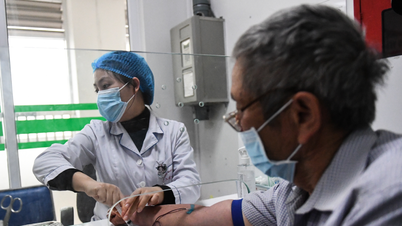

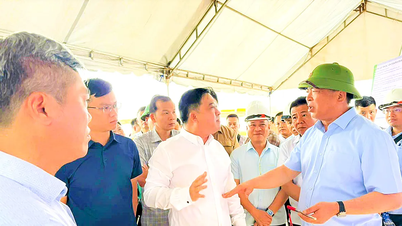
































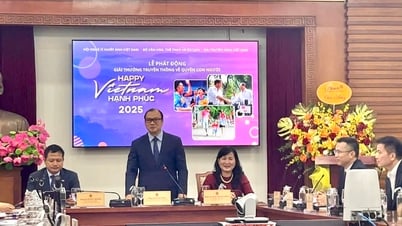

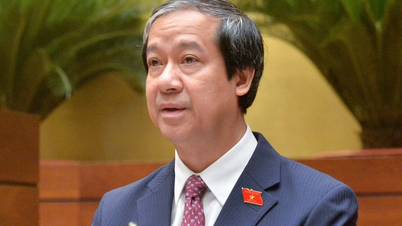

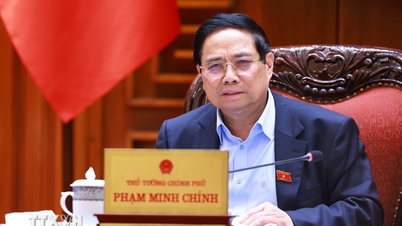


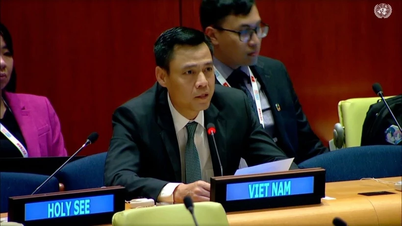
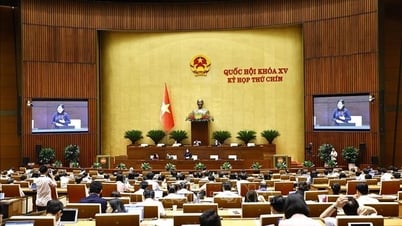

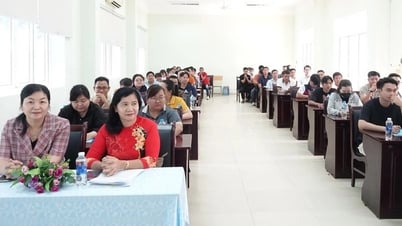

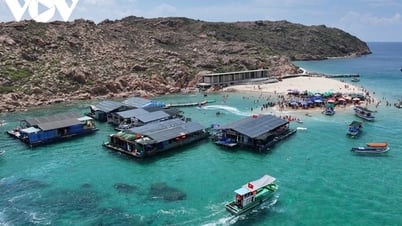
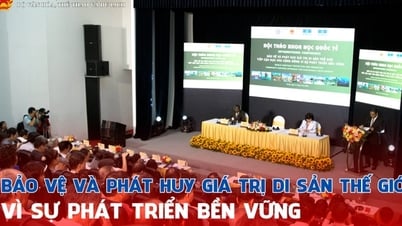




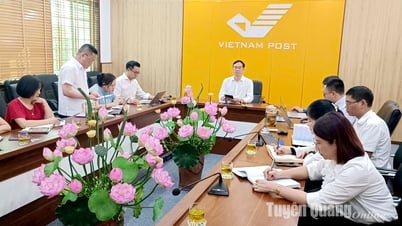
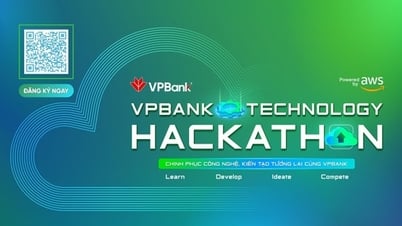



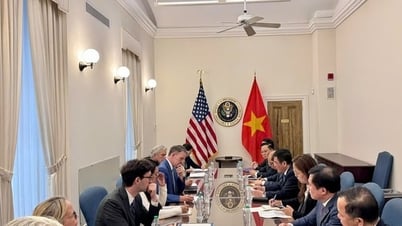
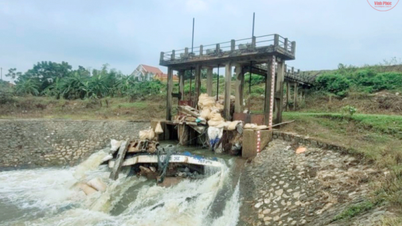


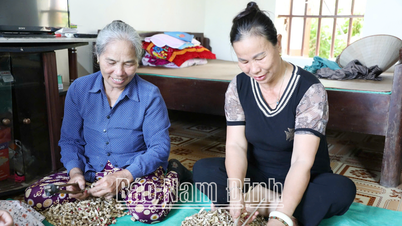







Comment (0)